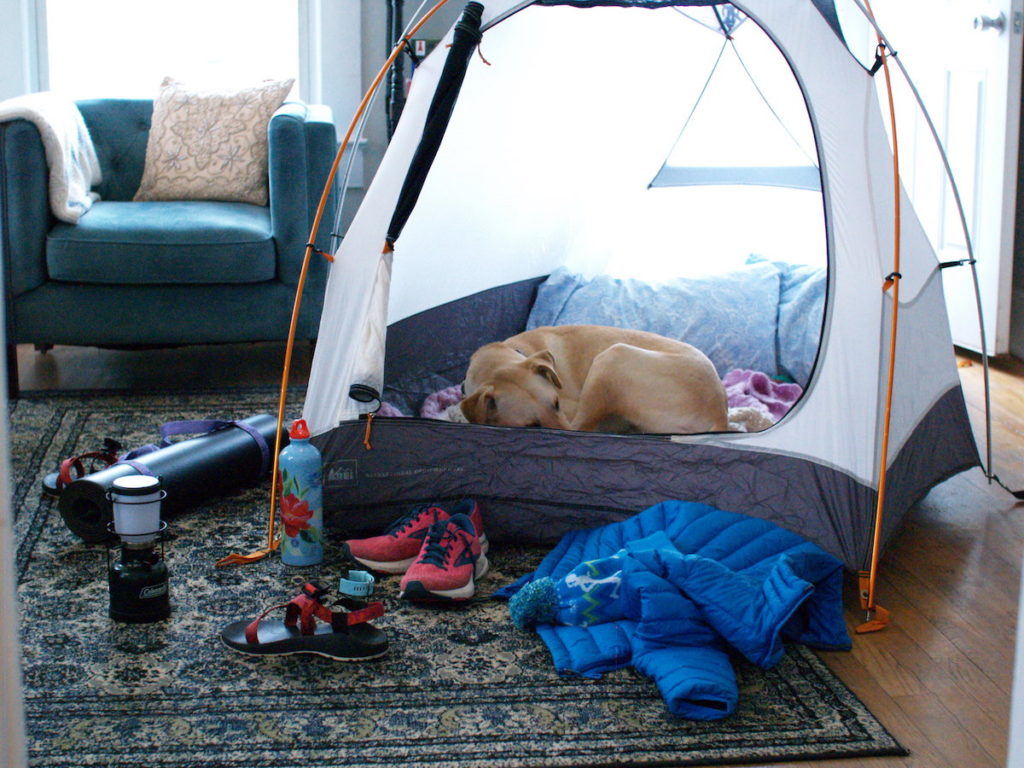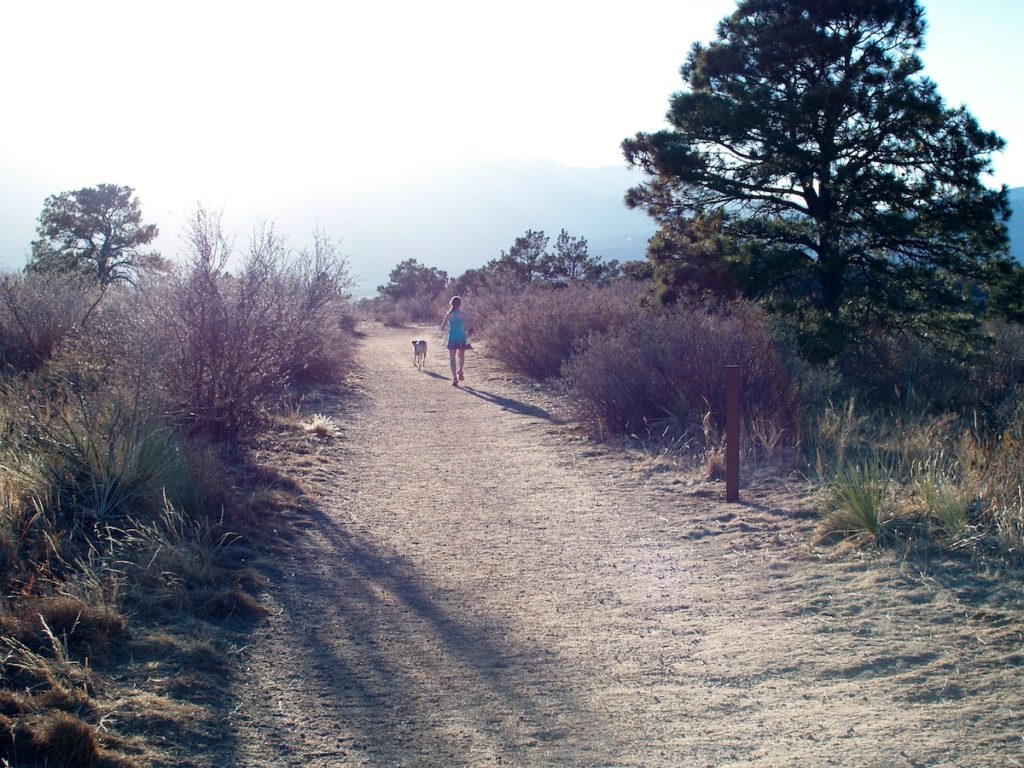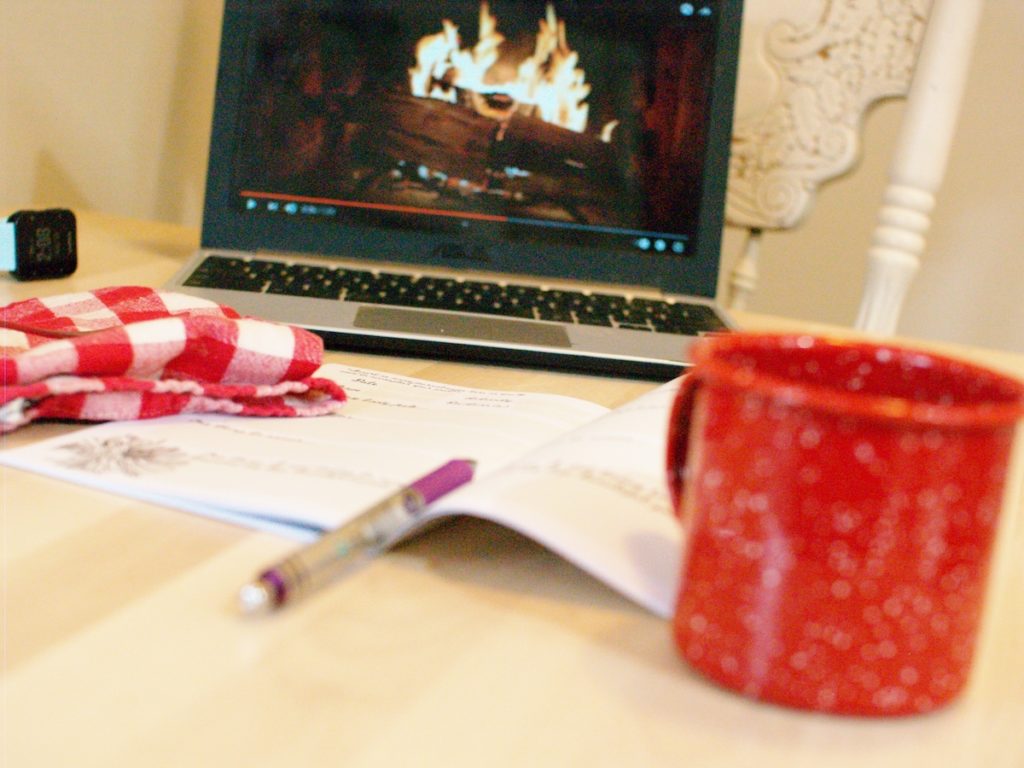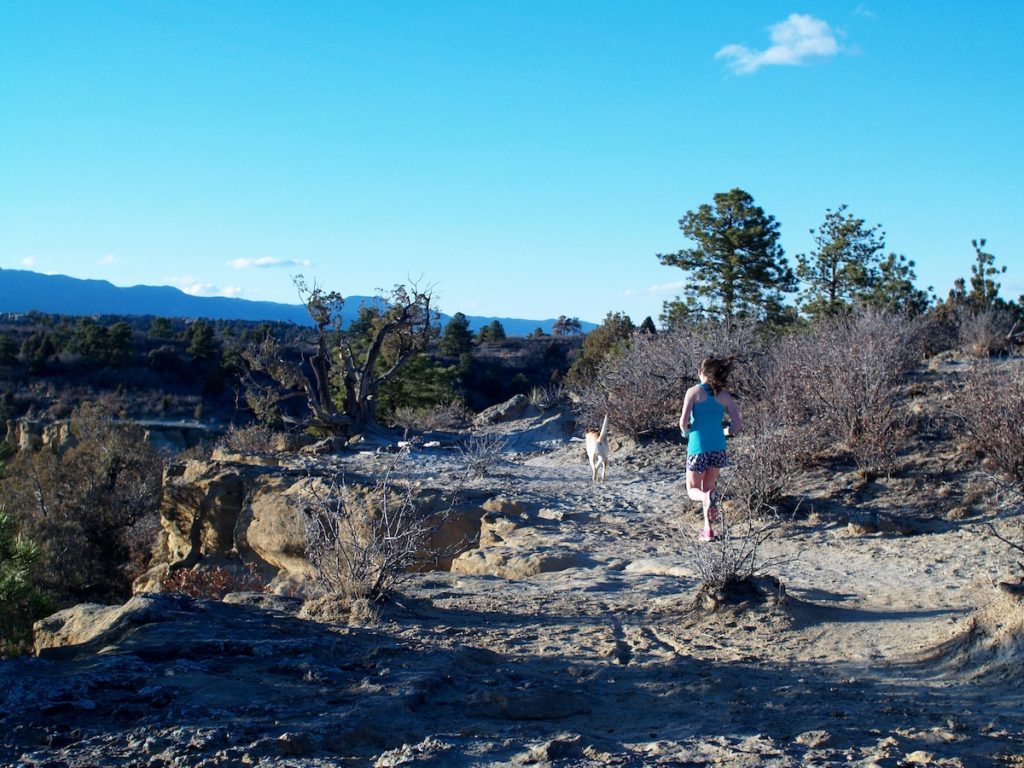This time of year I’m seeing plenty of pros fleeing the snow and flocking to high altitude training camps: Sedona, Albuquerque, and Flagstaff to name a few locations. The science behind the phenomenon is well proven: spending time at altitude, either training or even just resting, causes an increase in red blood cells that carry oxygen. And in turn, more red blood cells means improved endurance. The benefits are desirable enough that my college teammate even attempted (unsuccessfully) to build an artificial altitude tent over his bed (unsurprisingly, sea-level Milwaukee doesn’t offer much naturally in the way of altitude).
But the pros do it for more reasons than just the altitude – retreating from everyday life to run with others who are just as passionate as you are, immersed in nature, which has its own set of benefits beyond the physiological. In fact, the potential for a running “vacation” to recharge your soul and your goals is probably one of the reasons Trail Sisters Run With Her retreats are such a hit.
So how do you make your own training camp this year, safely, considering all the restrictions and concerns of COVID-19?
If you can get to a higher elevation with your spouse, roommate, or family this spring, do it! Rent a camper van, or pack up the car to head somewhere beautiful and remote. When searching for a spot, keep in mind that the amenities matter less than the location and who you go with. Some of my favorite running retreats have been at disheveled lake cottages, so small that most of us had to sleep in tents.
If mountains are out of the picture and you need to stick to somewhere a few hours closer to home, consider other beautiful places you’d like to explore on foot. I’ve experienced plenty of my own sea-level running camps filled with sand dunes and sunset runs along Lake Michigan. It’s the time spent devoted to running, with others who love the sport just as much as you do, that really matters, no matter the elevation. After all, the hard-core training and dreaming that goes along with an altitude camp are as much of a state of mind as are physiological benefits.

You can also have a training camp from home, without traveling at all. Could you involve other household members, even if they aren’t devoted runners (yet)? An at-home running camp could be a great way to introduce kids to the sport in a relaxed atmosphere.
If you live alone, can’t gather with others, or don’t have family members willing to participate, can you create a virtual camp with your running pals? Create a shared running agenda, and plan to chat every evening of “camp,” as if around a fire. You can virtually debrief that day’s run, share your journals, spin ghost stories, and eat similar camp-themed snacks to create a sense of togetherness, even miles apart.
If you can’t devote the time to camp this spring, you could also plan a running camp for the future, when things are less socially distanced, as something to look forward to. Window-shop for airbnbs, daydream about swoony destinations at 4k, 5k, 6k+ feet, and start to recruit the friends who will join you when it’s safe to fly and gather again.
Whichever format you choose, the essential elements of a training camp remain the same:
- Plan a running agenda
At training camp, running (and the friendships it nurtures) are the center of attention. The whole day isn’t spent training, but training is the highlight of the day. Each run is planned with pomp and circumstance, even the easy runs.
Some special ideas for your agenda could include:
- Sunrise run
- Sunset run
- Run by a body of water (if in a landlocked area, playing in a sprinkler or pool at the end of the run could substitute)
- Buddy run, with each person paired up and given 3 simple questions to discuss and report back to the group later (for example: favorite ice cream flavor, first memory, and favorite holiday)
- Theme runs, with costumes, special music, or games
Be sure to plan a training agenda that has runs to accommodate everyone’s abilities (loops can be nice, to allow others to add or subtract mileage as needed). If possible, try to plan routes in new or especially scenic places, rather than your tried and true routes near home. This could be just a new running trail 25 minutes away that you try for the first time.

In addition to runs, plan time in your agenda for other restorative activities. Can you add in yoga, beach time, or some reflective writing blocks?
- Cultivate camping ambiance
If you’re having camp at home, set the camping ambiance by pulling out all of your old camping gear, either indoors or outdoors. You could pitch tents in the living room, use sleeping bags on beds, and eat off of your camping cutlery in the kitchen.
A campfire creates its own mood, nurturing slow conversations and storytelling (running-themed ghost stories are a must). A firepit is best, but the Netflix fireplace setting can substitute if needed. Roast marshmallows, even if just over a burner, or in a microwave.
Even if staying at home, use flashlights, lanterns, and candles after dark (no cheating!).
- Prep a powerful menu
When I think of camp food, I think simple: heaps of peanut butter, bags of bagels, grabbable fruit, and one-pan dinners.
Energy-rich snacks and meals are a must to fuel your running agenda, but they don’t need to be complicated. Easy, smorgasbord-style breakfasts and lunches are a staple, and you can ask each teammate to be in charge of planning one dinner.
If you’re having camp at home, or a virtual retreat, camping-themed snacks can especially help set the mood (check out these adorable campfire bites!)
- Create a commemorative craft
Classic camp crafts haven’t changed much over the decades. Perhaps that’s because the point of the crafting isn’t what you make – it’s the time spent chatting while you weave friendship bracelets or glue driftwood to a picture frame. If your final product is horrendous, lumpy, gaudy, or non-functional, you’re doing things right (and hopefully laughing about it with your teammates along the way).
If you’re hosting a virtual group, creating camp t-shirts might be especially helpful to achieve a feeling of cohesion (and they don’t have to be expensive – a packet of RIT dye, some rubber bands, a sharpie, and a white t-shirt that you already own can go a long way).
- Journaling time
A benefit of escaping to the few remaining places that WiFi and cell coverage can’t reach is extra time to reflect. I recently stumbled upon my high school camp journal and found myself awash in my teenage dreams of training with reckless abandon and pouring my heart onto the cross country course in the fall.

Your own training camp is an ideal time to dream big about where you want running to take you in this season of your life. Spend some time tucked away by yourself in the trees or the sand, and put in writing what you want to accomplish. Then, bring your goals back to your teammates around the campfire.
If you already have a journal, bring it along. Or, if you don’t have one yet, you can print a copy of this simple downloadable one that’s especially focused on goal-setting.
I’m lucky to live at altitude year-round. And I’m also very fortunate- my best friend (who I have the privilege to also coach) has been fully vaccinated and can fly again. In late February, she joined me at 6,000 feet for our own training camp of trail runs, tempos, and plenty of good food. We pushed our limits on runs with over 1,000 feet of elevation gain, stomped through mud pits and breathtaking views at Garden of the Gods, and spent our evenings huddled under blankets, reminiscing about our past adventures and training camps.
After everything was through and she had returned to Chicago, did the five days at an altitude significantly alter her aerobic output for this training cycle? It would be hard to prove gains from such a short altitude stint. What’s more likely to have a lasting impact on her success this season is the time we spent reconnecting with what we both love most about the sport – mega-sized dreams, sweat-bound friendships, embracing challenges, and tearing up mountains together. In a time when so many of us are feeling drained, even a virtual retreat could help you reconnect with your purpose and the running community that you love. It doesn’t need to be elaborate: have fun, eat well, and enjoy the conversations with friends both new and old. Whether you can travel to find some thinner air or not, don’t underestimate the potential for a self-made training camp to recharge your legs and your soul this spring.














